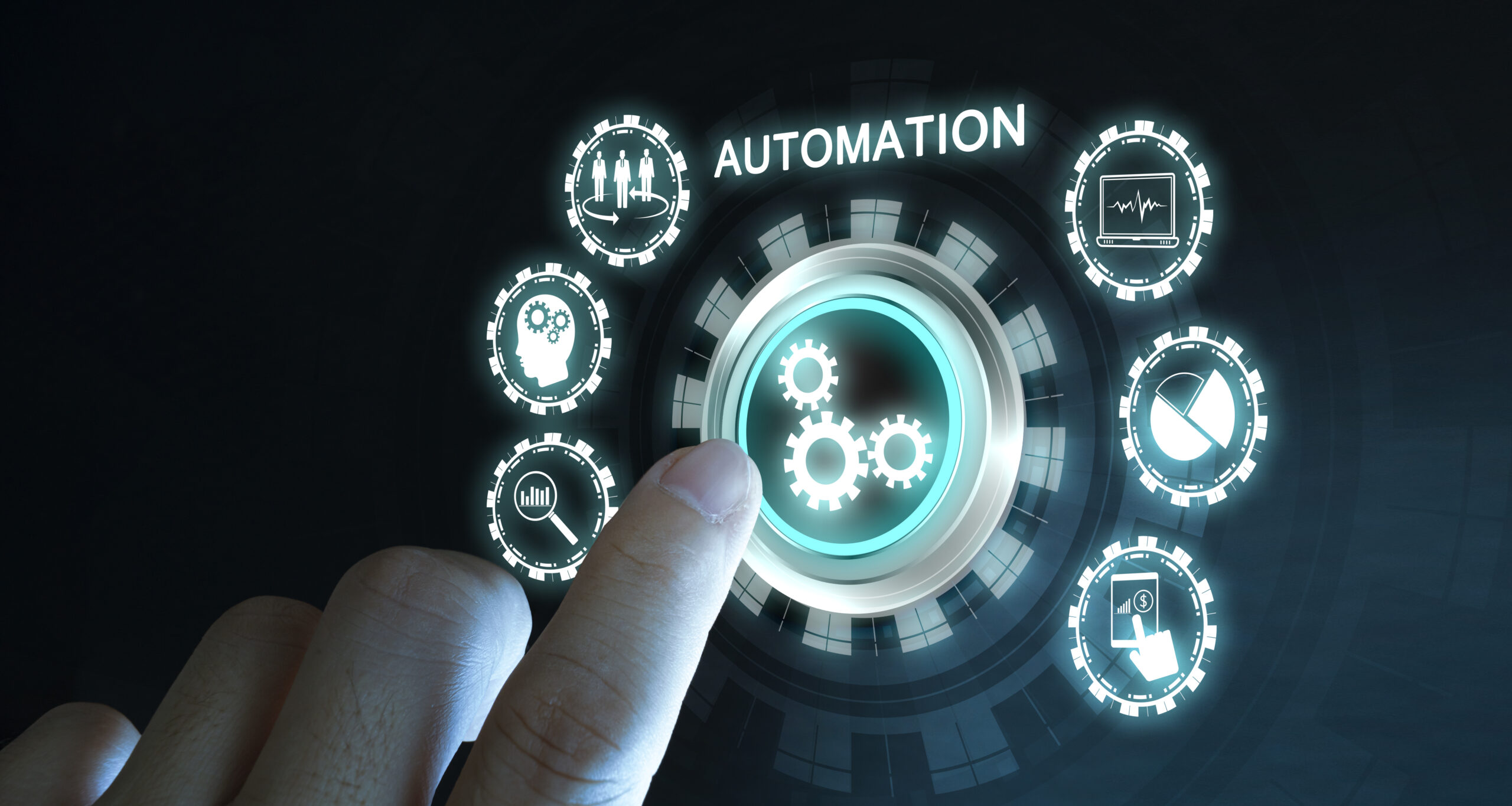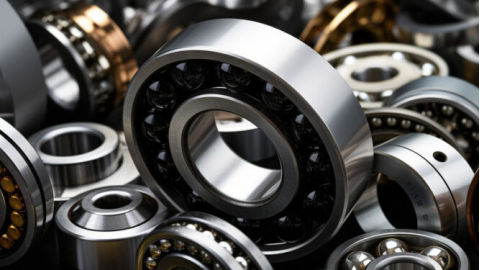Top 10 Industrial Automation Companies
Industrial automation uses control systems and information technology to operate processes with minimal human help. This technology changes how factories and plants work. It includes industrial robots, process automation, and smart software. The top companies lead in innovation, market share, and solution quality.

How We evaluate Companies
We use a clear method to rank these companies. We look at:
- Innovation (30% weight): Number of patents, spending on research, and unique technology.
- Market Performance (25% weight): Company revenue, growth rate, and global market share.
- Solution Completeness (20% weight): Range of products and how well they work together.
- Industry Application (15% weight): Number of projects across different industries and major clients.
- Ecosystem (10% weight): Number of partners and size of developer communities.
Data comes from Gartner, Forrester, ARC Advisory Group, and company financial reports.
Siemens
Siemens offers a full digital enterprise suite. Its MindSphere IoT platform allows for real-time equipment monitoring. The Simatic PLC series holds a 28% global market share. The TIA Portal integrates programming and diagnostics. Siemens reported €285 billion in automation revenue for 2022. Its solutions are used in BMW's global production plants.
Rockwell Automation
Rockwell's FactoryTalk InnovationSuite connects IT and OT data layers. Its Logix control platform works with equipment from many brands. Emulate3D digital twin technology lowers testing costs. The company partners with PTC to enhance augmented reality for maintenance. Its solutions meet strict FDA rules for the food and beverage industry.
ABB Group
ABB has installed over 500,000 robots worldwide. Its OmniCore controller improves motion precision by 30%. The Ability digital platform connects more than 8,000 industrial devices. ABB holds 35% of the European market for electric vehicle charging stations. Its YuMi collaborative robot works safely alongside humans.
FANUC
FANUC has sold over 750,000 industrial robots. Its R-2000iC robot can handle loads up to 2.3 tons. The CRX collaborative robot has a positioning accuracy of ±0.03mm. The FIELD system manages groups of machines. FANUC's AI thermal compensation in CNC systems cuts调试 time by 70%. Over 4,500 automotive parts manufacturers use its robots.
Mitsubishi Electric
Mitsubishi's e-F@ctory solution cuts overall equipment costs by 40%. Its MELSEC iQ-R series PLC processes commands at 40 nanoseconds per instruction. The company's robots have a repeatability of ±0.02mm. Its AI quality inspection system identifies defects with 99.8% accuracy. Major clients include Samsung and Panasonic.
Schneider Electric
Schneider's EcoStruxure architecture combines energy management and automation. Its Modicon M580 PLC supports hot-swapping components. TeSys island smart motor controllers can predict failures. The company's drives meet the high-efficiency IE4 standard. Schneider works with Microsoft on industrial metaverse solutions. Its systems are used in over 2,000 water treatment plants globally.
OMRON
OMRON's Sysmac platform provides a unified programming environment. The NJ machine controller achieves synchronization in 100 microsecond cycles. Its HD-1500 mobile robot navigates with ±5mm accuracy. The AI vision system inspects parts in 0.1 seconds. In pharmaceutical production, its systems have an error rate below 0.01%.
Honeywell
Honeywell's Experion PKS process knowledge system integrates advanced control. Its Uniformance database can store 15 years of operational data. The Safety Manager PLC is certified for the highest safety integrity level (SIL3). In oil refining, its advanced process control increases product yield by 2.1%.
Emerson
Emerson's DeltaV distributed control system allows modular setup. The AMS device platform predicts machine failures with 92% accuracy. WirelessHART networks cut wiring costs by 60%. Its digital twin technology reduces project调试 time by 40%. Emerson's solutions are used by Pfizer and Moderna in vaccine production.
Yaskawa Electric
Yaskawa's i³ Mechatronics concept combines motion control. The MP3300iec controller can synchronize up to 128 axes. Its GP series robot has a reach of over 3 meters. The company's energy-regenerative drives save 35% in electricity. In solar panel manufacturing, its solutions handle 8,000 silicon wafers per hour.
Where Automation Is Used
Automation works in many fields:
- Auto Manufacturing: Robotic welding lines complete a car every 45 seconds.
- Electronics: Surface-mount technology (SMT) places components with 25μm accuracy.
- Food & Beverage: High-speed filling lines run at 600 bottles per minute.
- Pharmaceuticals: Systems maintain sterile ISO 5 cleanrooms for filling.
- Warehousing: Sorting robots process 4,000 items per hour.
Future Technology Trends
The industrial cloud platform market will reach $110 billion by 2025. Digital twin technology cuts commissioning time in half. 5G networks provide millisecond response for mobile equipment. AI inspection achieves over 99.9% accuracy. Edge computing will process 70% of industrial data locally. Sustainable automation tech can reduce carbon emissions by 30%.
How to Choose the Right Solution
Selecting an automation provider depends on your needs.
- For making distinct products (discrete manufacturing), focus on motion precision (<0.01mm error) and speed (<1 second cycle time).
- For process industries (like chemicals), ensure fast control loop response (<100ms) and safety certifications (SIL rating).
- Small and medium businesses should choose all-in-one platforms to reduce complexity.
- Large enterprises need open architectures for easy expansion.
Key metrics include system reliability (MTBF >100,000 hours), cybersecurity (IEC 62443), and total cost of ownership (aim for a 25% reduction).




